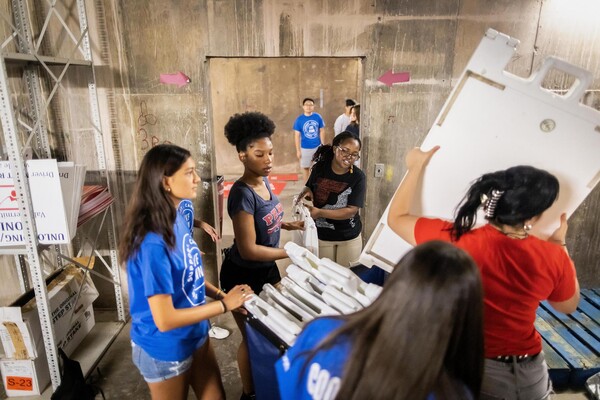BOOKQUICK/“Atlantic Virginia: Intercolonial Relations in the Seventeenth Century”
Much 17th-century historiography assumes that each North American colony operated as a largely self-contained entity and interacted with other colonies only indirectly through London. By contrast, in “Atlantic Virginia,” historian April Lee Hatfield of Texas A&M demonstrates that the colonies actually had vibrant exchanges among themselves and with peoples throughout the hemisphere, as well as with Europeans.
Seventeenth-century Virginians were actually connected to a vibrant Atlantic world through inland networks of trails and rivers and established ocean routes. They routinely traded with Native American neighbors and received ships from England, the Netherlands, and other English and Dutch colonies, while maintaining less direct connections to Africa and to French and Spanish colonies. These trade routes quickly became equally important in the transfer of people and information.
According to Hatfield, 17th-century Virginians realized early on that they lived in a world much larger than the Chesapeake, a conception they shared with other early American colonies. “Atlantic Virginia” examines intercolonial and transatlantic sea routes and their impact on the colony. The author then explains how the Chesapeake’s unusual geography facilitated significant communication between mariners and colonists. She also demonstrates how the use of the land and sea connections by runaway slaves and criminals served to reinforce border divisions among colonies.
Written in a clear and engaging style, and based on extensive archival research, “Atlantic Virginia” convincingly demonstrates that 17th-century colonies can be fully understood only within their full Atlantic context: intercolonial, transatlantic, and international.
—University of Pennsylvania Press








